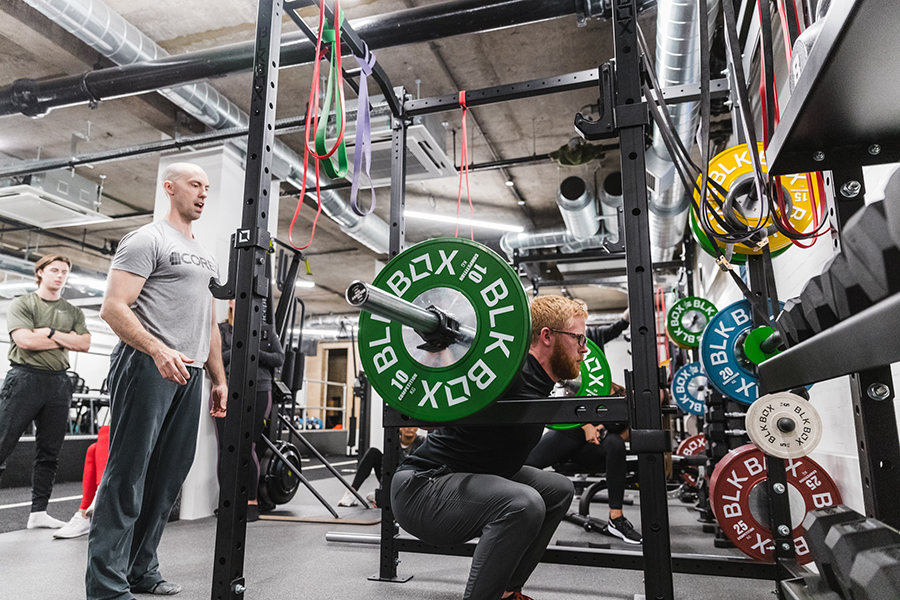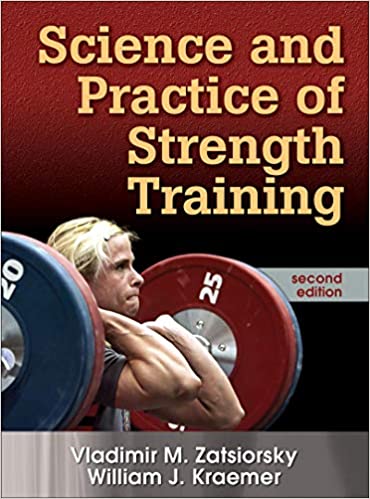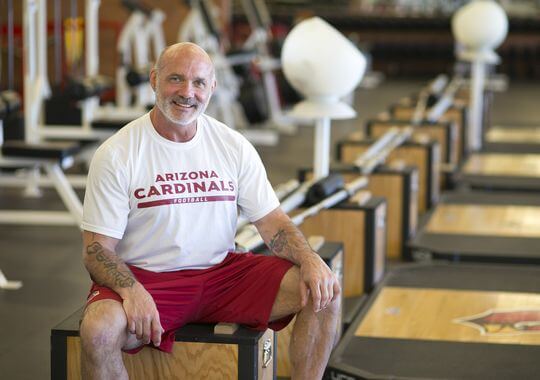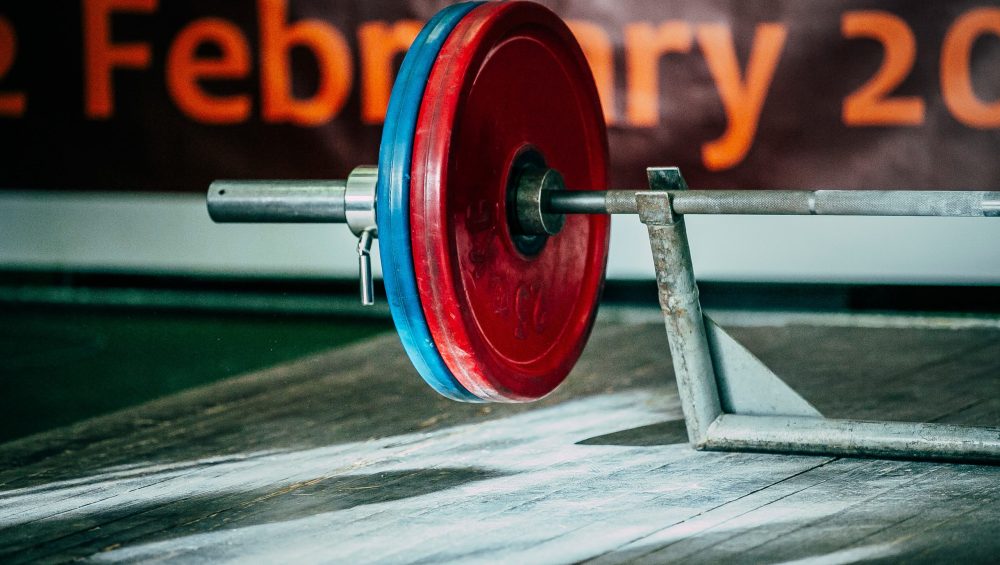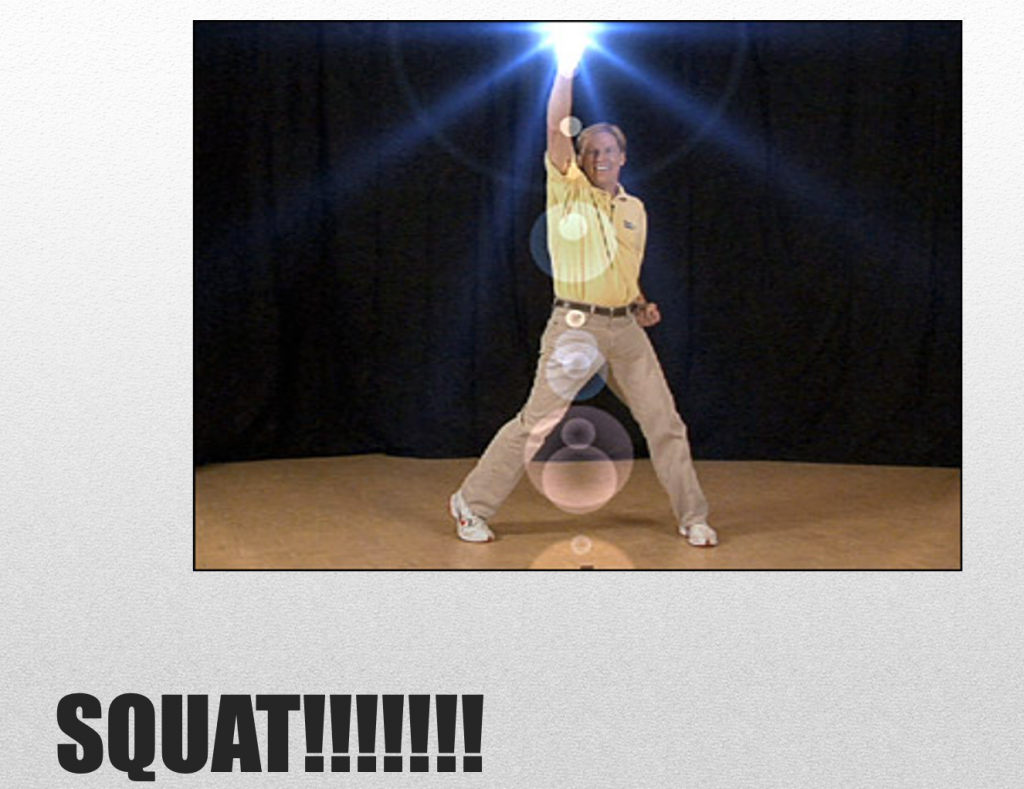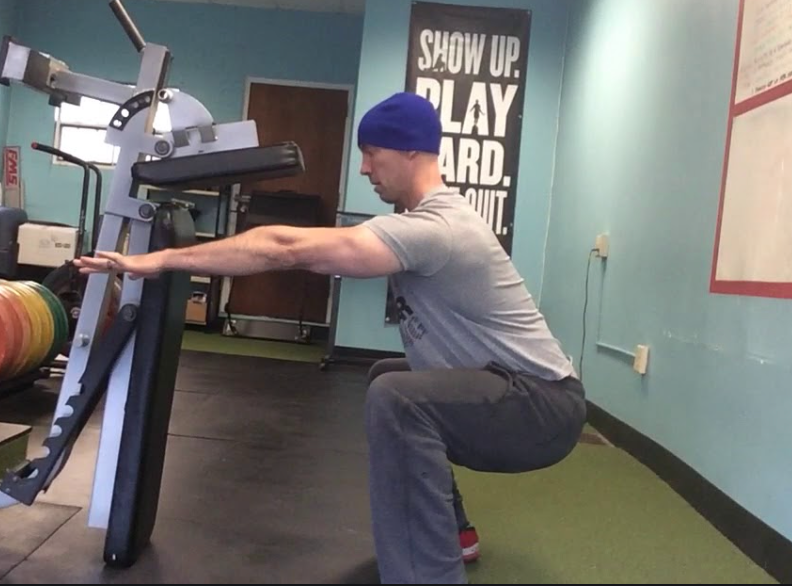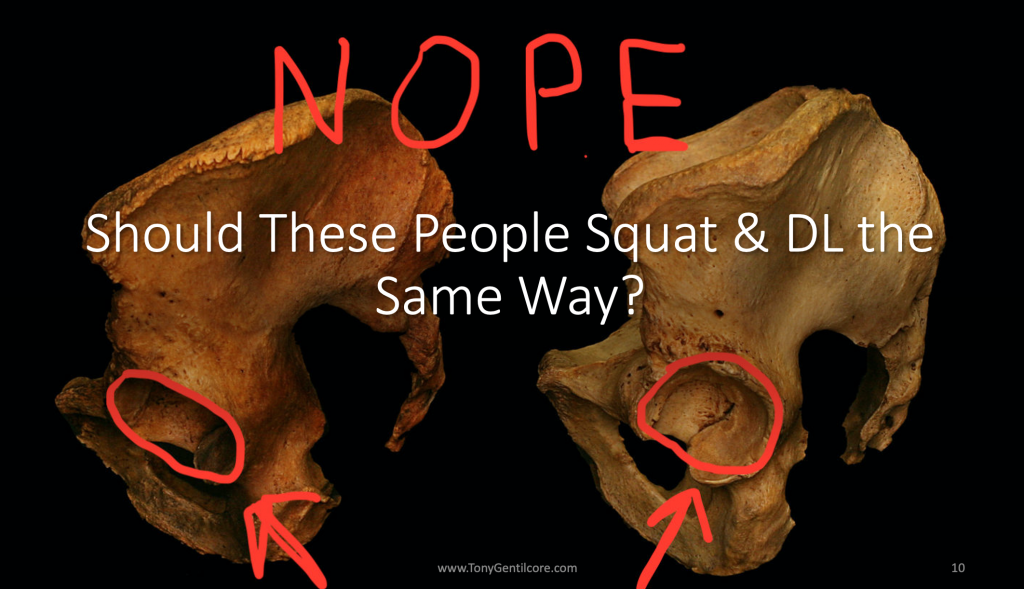This article is not going to dive into the x’s and o’s of program design.
For that you can peruse my Resources Page and find plenty of options to fit your fancy. Instead, today, I wanted to peel the onion (so-to-speak) and discuss the layers of program design that rarely get discussed.
Copyright: wavebreakmediamicro / 123RF Stock Photo
How to Make Your Programs Programs Your Clients Will Actually Follow
This post is going to hit on the more nitty-gritty and nuanced stuff.
The stuff that is the culmination of equal parts time under the bar, experience, and not sucking. The stuff that, while I feel are very important and what helps to separate the great coaches from the sub-par ones, might come across as trivial or inane to some, and certainly won’t win me any additional Instagram followers.
Wow, I’m really selling it here aren’t I?
Lets dive in.
1. It’s Not About You
No, really, the programs you write have nothing to do with you.

Sure, you’re writing them and it’s your expertise and coaching people are paying for. However, the program should be about your client/athlete and reflect their needs and goals.
I think it was Alwyn Cosgrove who first coined the phrase
“You should write programs, not workouts.”
On top of that, and equally Earth shattering, is a common quote I often defer to from the great Dan John:
“The goal is to keep the goal, the goal.”
Any Joe Schmo with biceps and a weekend personal training certification can write a hard workout that will make someone hate life.1
Writing a program – one that’s individualized – serves a purpose, addresses one’s unique injury history, caters to his or her’s goals, takes into account ability level, and on top of all that, is flexible, takes some thought, professionalism, skill, and attention to detail.
Listen, I am all for getting people strong (which, granted, is subjective) and I can appreciate anyone who places a premium on having their clients squat, deadlift, bench press, and deadlift.
Deadlift is listed twice….because, deadlift.
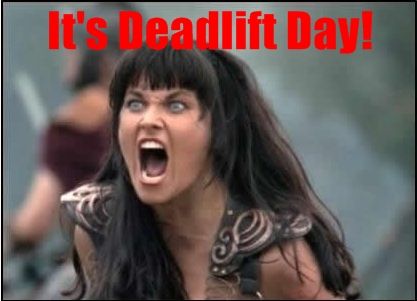
However, if your client is a newbie or is just looking to lose 10-20 lbs, or could care less about benching 2x bodyweight, the program should reflect that.
There’s two extremes that generally end up happening:
1. Trainer/coach doesn’t give a shit. Client shows up, trainer is ill-prepared, and what follows is some smorgasbord of laziness, complacency, and fitness industry cliches. I.e., client is paying for a babysitter who just so happens to show them how perform a shitty looking lunge.
2. Trainer/coach does give a shit. Albeit is too much of a narcissist to recognize that because he or she prefers to train like a powerlifter, Olympic lifter, bodybuilder, or CrossFitter, doesn’t mean ALL of their clients need to train the same way too.
Before you know it you have:
- 14 year old’s who have never mastered a squat performing Tri-Phasic 1-Legged Pistol Squats vs. Bands while dragging a sled
- 35 year old house wives working on their quad sweep
- 55 year old CEOs with poor shoulder flexion performing kipping pull-ups for AMRAP.
Makes sense.
At the end of the day people are more apt to follow and stay invested in a program – long-term – if they know it’s catered to them and has their best interests in mind.
Like it or not, this is a SERVICE industry….and while I recognize there’s a bit of head-butting between what people need to be doing and what they want to do, it’s your job as the fitness professional to find and include that balance.
2. Avoid Fitting Square Pegs Into Round Holes
Yo, check it.
1️⃣ No one HAS to back squat. And if they do, no one HAS to use the low-bar position.
2️⃣ No one HAS to pull from the floor. And if they do, no one HAS to use a straight bar.
3️⃣ No one HAS to bench press. And if they do, no one HAS to use a crazy excessive arch. Or use a barbell for that matter.
4️⃣ No one HAS to listen to A Tribe Called Quest radio on Pandora. But you kinda do. Trust me.
Another “trap” I see a lot of fitness professionals fall into is marrying themselves to any ONE way to do or perform anything.
For lack of a better way of putting it: I fucking hate this way of thinking.
I lose a lot of respect for coaches who are that narrow-minded and unwilling to understand that there are other coaches out there getting just as good (sometimes better) results not doing what they’re doing.
Piggy backing on what was mentioned above (on individualization) – everything kinda falls under this umbrella…from exercise selection, order, and even the variation.
I mean, if someone has the shoulder mobility of a pregnant rhinoceros it makes zero sense to force them into back squatting, let alone using a low-bar position.
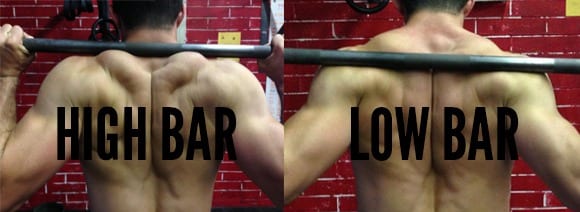
Photo Credit: Menno Henselmans
It won’t do them any favors and will likely frustrate them as it will feel weird (possibly even hurt) and will do little in building a greater degree of competency.
If I felt squatting was still important for them and it fit into their goals, a better way to build success (and competency) would be to use a SSB (Safety Squat Bar) variation or maybe even Anterior Loaded KB Front Squats:
Here I can still groove a sexy squat pattern but take the upper body restrictions out of the equation.
Likewise, with deadlifts, no one outside of a powerlifter or weightlifter must pull from the floor. It’s a rare instance – kinda like a Centaur or a vegan dish that doesn’t taste like wallpaper – when someone walks into my gym on day one and can demonstrate the mobility (and stability) requirements to do so safely.
Honestly, my first order of business with many people is to help them find their hip-hinge before I worry about lifting anything heavy off the floor.
To that end, if someone lacks the ankle dorsiflexion, hip flexion, or t-spine extension to get into proper position, maybe a trap bar would be a better option?
I find it’s a more “user-friendly” way of introducing the deadlift.
What’s more, in terms of stress and sheer loading on the spine, the trap bar will be a better option for most people anyways. With a straight bar the center of rotation is further away from the bar, whereas with a trap bar it’s right smack dab INSIDE.
https://www.youtube.com/watch?v=p-sA3PG1kGY
Want to make your programs programs your clients will actually follow?
One of the best strategies is to include exercises and movements that best fit their ability level, shows them success, and helps to build competency.
Everyone is different. Respect that.
3. Other Stuff I Was Going to Elaborate On But This Post is Already Long Enough
1. Write Shit Down.
As in, write down and keep track of what your clients are doing per session (and encourage them to take ownership and do it themselves).
A funny thing happens when people start to keep track of what they do session to session. This little thing called progressive overload manifests and people start seeing results.
It motivates them.
Soon they’re lifting weights (for reps) they couldn’t sniff three months prior.
And it’s a beautiful thing.
2. Experiment with Semi-Private Training
My good friend and former business partner, Pete Dupuis, wrote a fantastic article on this topic that you can read HERE.
It’s not for everyone, but I find the semi-private training model works like a charm to help motivate people. There’s a lot to be said about being surrounded by like-minded individuals and training amongst a group of people who will push you, encourage you, and call you out when you skip sessions.
3. Know When To Back Off
This coincides with what I mentioned above when I said a program should be flexible.
You may have programmed for a client to work up to a few heavy sets of triples on their deadlift on a particular day, but they show up and it’s readily apparent they had a horrible night’s sleep, or maybe they’re just mentally exhausted from resisting the urge all day to Sparta kick their boss in the throat.
Regardless, whatever was planned is…just…not…going…to…happen.
You better have a plan B in your back pocket.
4. Don’t Forget To Put In Stuff They WANT To Do
It bears repeating, this is important: I’m all for playing the “there’s a reason why you’re paying me, I’m the expert” card.
But it’s only going to work in your favor to toss your clients a bone and not take yourself so seriously sometimes.
My female clients love it when I put in some extra glute specific work at the end of their training sessions. My male clients are 100% down for a quick 5-minute “Sun’s Out, Guns Out” arm finisher.
Pants optional.
5. Sprinkle in Some Markers
As in, don’t be afraid to write in prescribed loads you want your clients to hit.
I find many people are notorious for underestimating their ability (or maybe hesitant to push the envelop) and need a little nudge from their meanie head strength coach.
Here’s an example of what I mean, a snidbit of a program I wrote for one of my female clients last month:
Week 1: Trap Bar Deadlift
- 3 sets of 5 reps @ 155 lbs
Week 2: Modified Sumo Stance Deadlift
- Warm-up
- Hit 200×1
- Then 3 sets of 4 reps @ 180 lbs.
Week 3: Modified Sumo Stance Deadlift
- Warm-up
- Hit 205×1
- Then 3 sets of 2 reps @ 190 lbs
Week 4: Modified Sumo Stance Deadlift
- Warm-up
- Hit 215-220×1
- Fist pump x infinity
- Then 3 sets of 5 reps @ 160 lbs
One of her goals, before the end of the year, was to hit a 200 lb (straight bar) deadlift. She crushed that goal, a few months early mind you, because I didn’t baby her and gave her some markers to hit.
Here she is hitting 210 for an (easy) single:
She’s been nailing her training sessions, and all because I used a little Jedi mind-trickery and told her what weights to use.
Want to motivate your clients? Challenge them and prove to them they can do stuff.

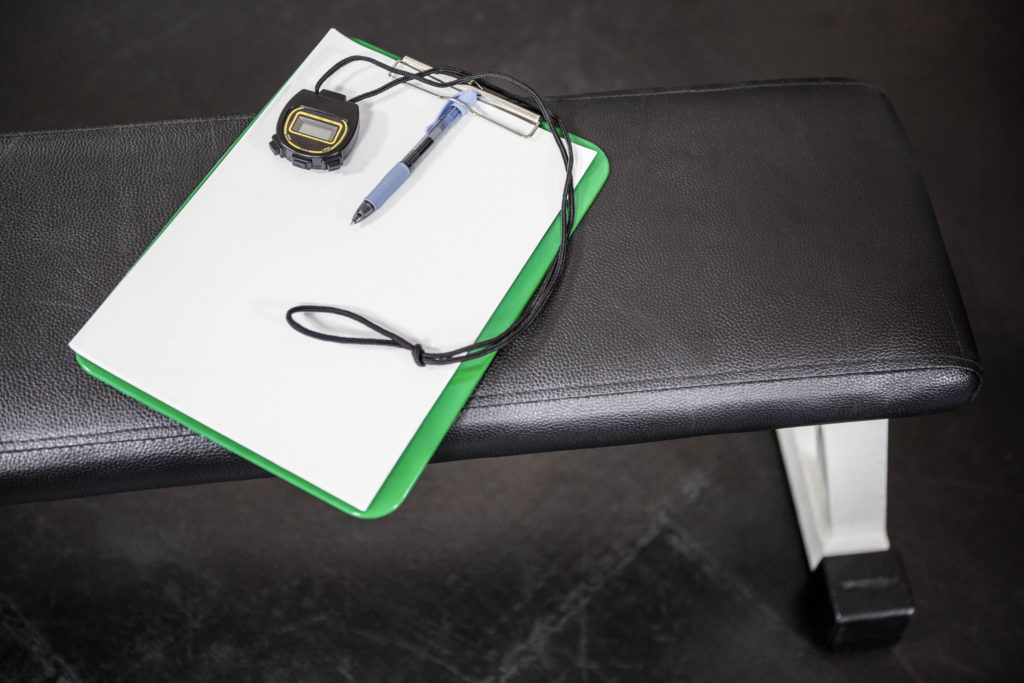



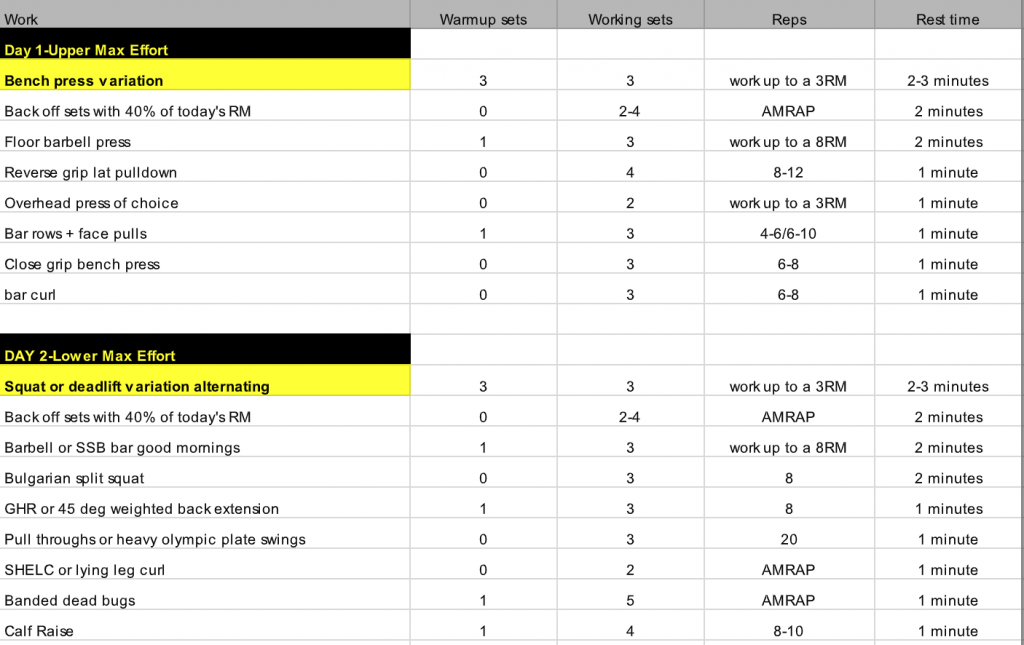
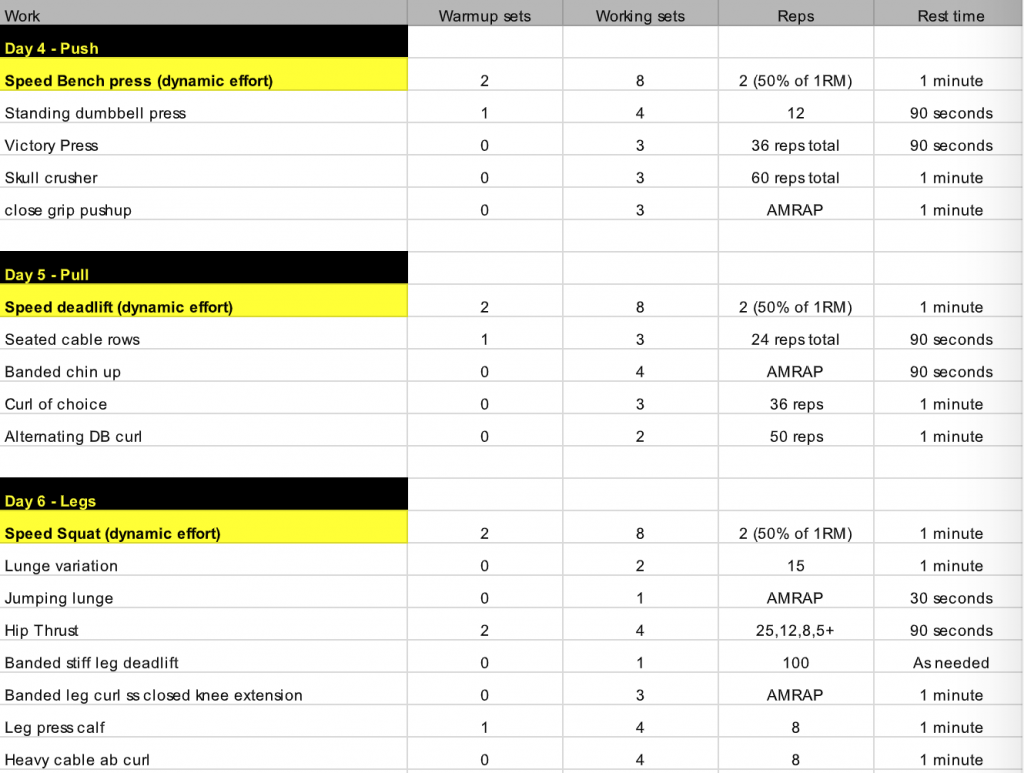
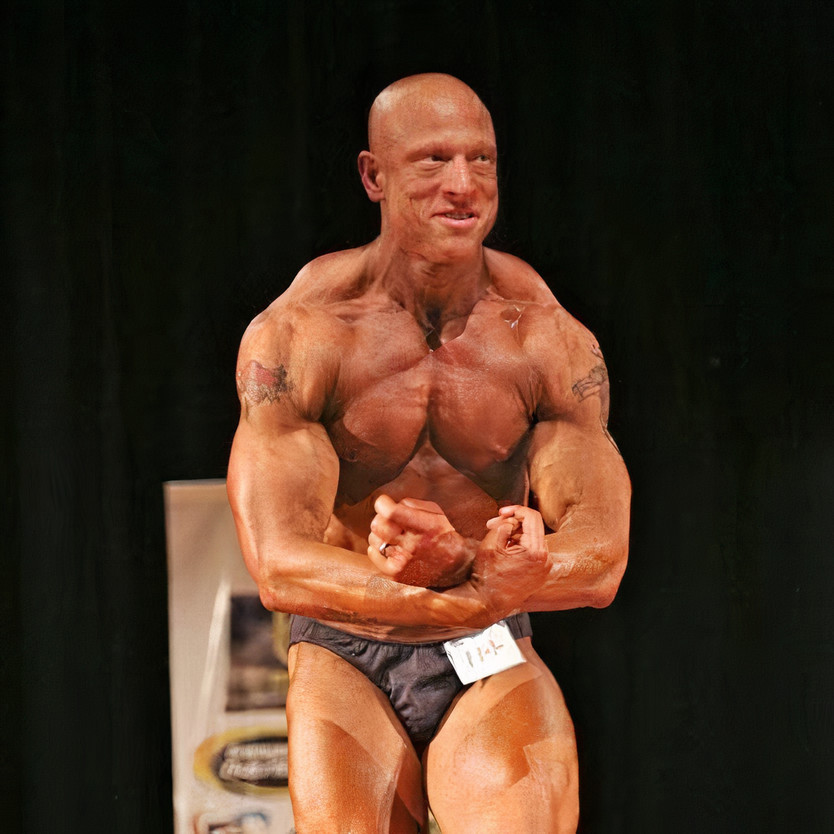
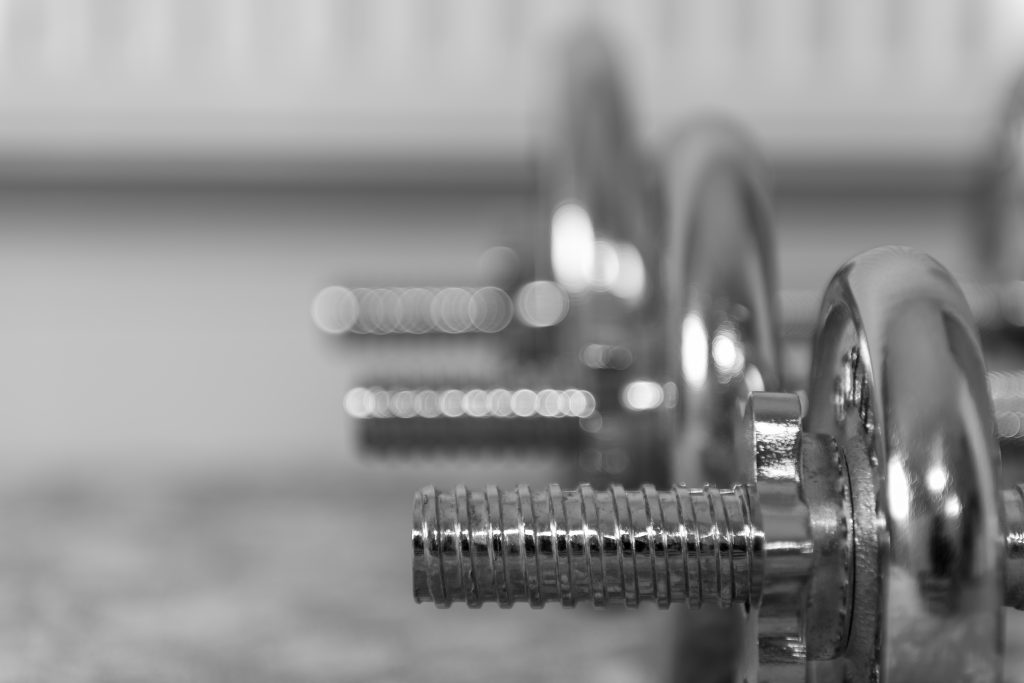
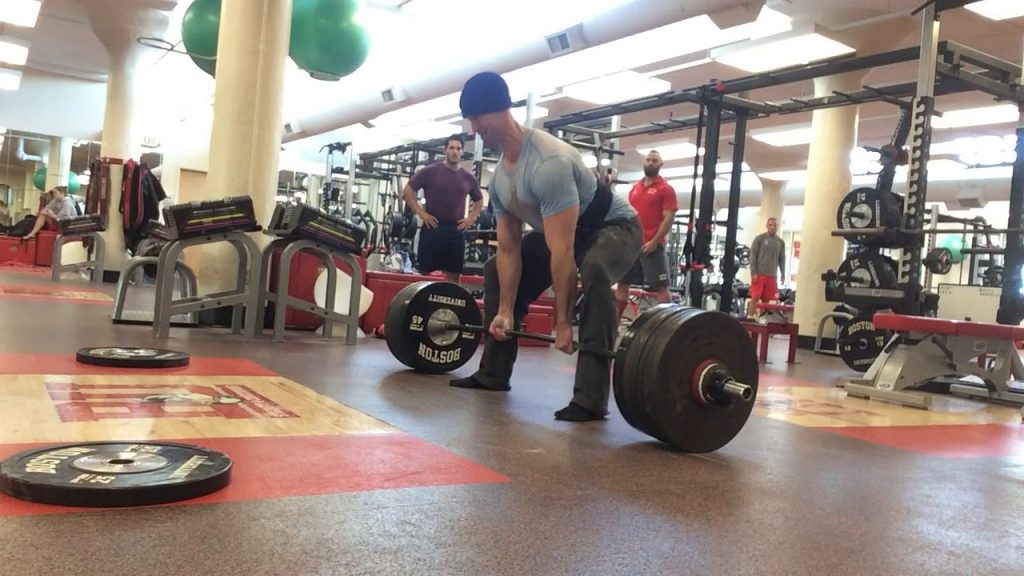

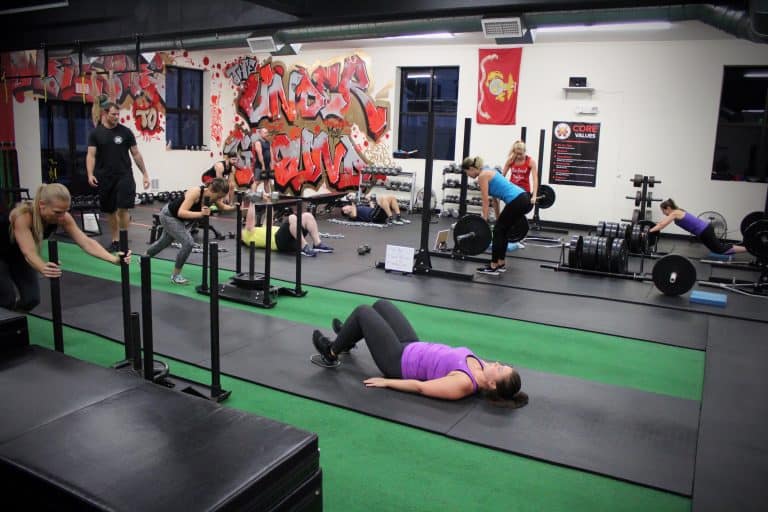
 Travis Hansen has been involved in the field of training for over a decade, and he has over 60,000 hours of hands-on training experience.
Travis Hansen has been involved in the field of training for over a decade, and he has over 60,000 hours of hands-on training experience.






